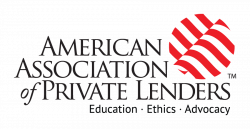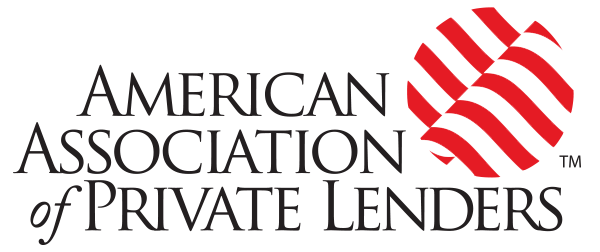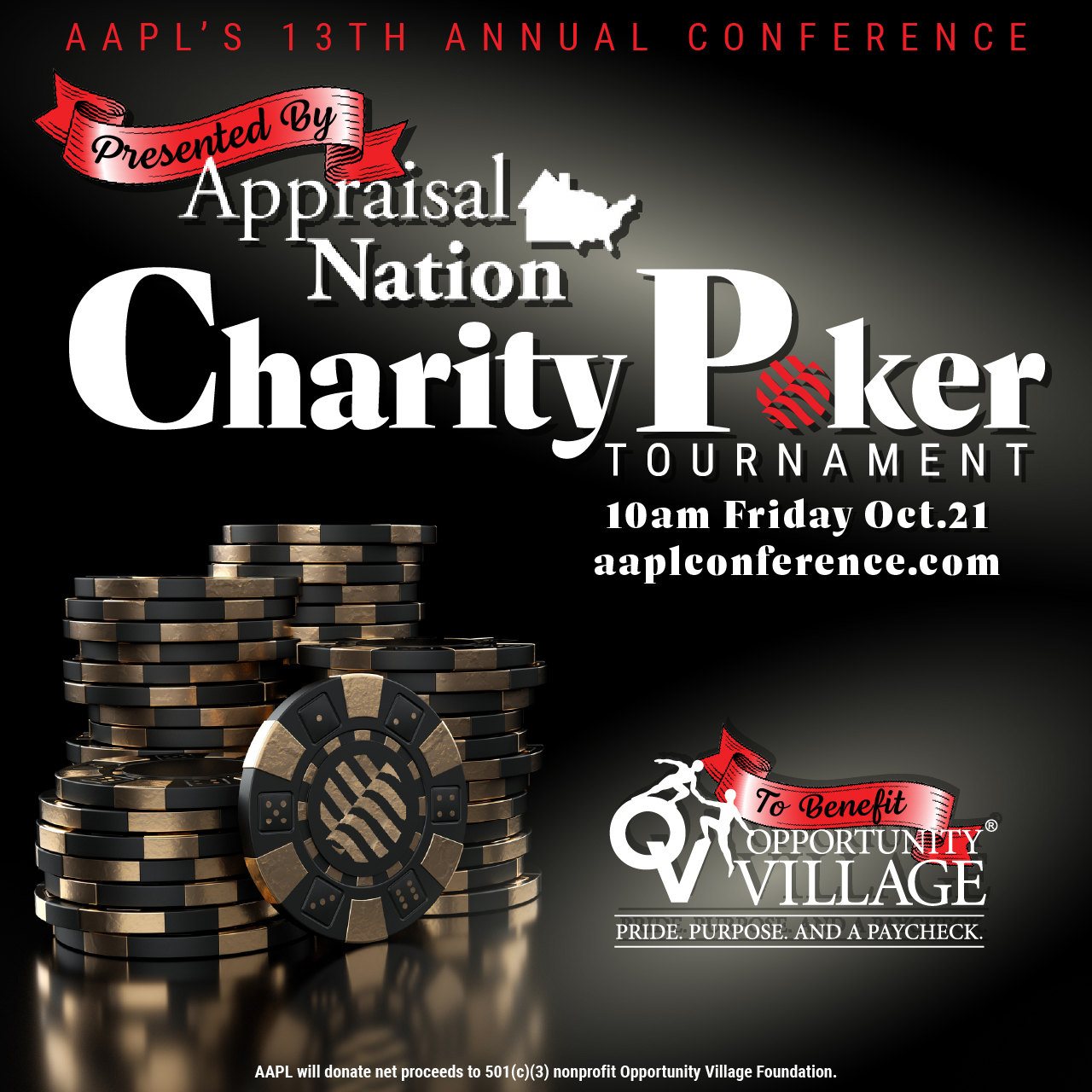AAPL’s Ethics Committee reviewed its code violation reporting requirements and internal handling procedures—here are the results.
The American Association of Private Lenders established the industry’s frst Code of Ethics in 2015, requiring members to maintain standards of conduct a level above “not breaking the law.”
Although these guidelines may seem like common sense to many, they are a powerful tool for instilling borrower confidence in both individual private lending entities and our industry. Cultivating best practices also prevents further regulatory encroachment: “Where there’s smoke, there’s fre” is not an idiom we want legislators correlating with private lending.
Not Too Hot, Not Too Cold
During every two-year session, our Ethics Committee evaluates both the Code and our internal procedures to ensure we maintain a comfortable balance between protecting the public and shielding members from parties who seek to use our investigation process to express dissatisfaction with otherwise ethical outcomes.
The emerging theme for this year was transparency. To that end, we overhauled our public complaint guidelines to clarify when and how to file, what’s needed, and what happens from there.
Although we’ve maintained these expectations for several years, key clarifications are:
STANDING. The complainant must be directly involved in the potential violation, following the same practices as having standing to file a lawsuit. We will not start a witch hunt on unrelated claims.
EVIDENCE. Complainant parties must be able to defend their position with corroborating evidence, such as contracts, emails, witness statements, etc. On its own, the mere existence of a law enforcement investigation or lawsuit is not proof that a code violation has occurred.
RELATED LAWSUITS. If at any time during the evaluation process, there is an active lawsuit pertaining to any claims made in the complaint, it will be placed on hold until the court(s) reach a decision. This protects the involved parties’ atorney/client privilege and ability to effectively litigate.
You may see our complete guidelines at aaplonline.com/ethics/report-a-violation/.
Trying It On For Size
The Committee also reviewed whether any factors that have cropped up repeatedly should be formalized into policy, with the following priorities:
WHAT KIND OF STANDING SHOULD A COMPLAINANT HAVE? Our policy has been that the complainant must be a “victim” of the alleged violation. We revisited this stance, discussing if a complainant:
SHOULD THERE BE A STATUTE OF LIMITATIONS? The alleged violation happened “X” years ago, but the complainant just discovered:
ARE THERE EXCEPTIONS TO THE “ACTIVE LAWSUIT” RULE? For example, a lawsuit’s existence is immaterial to the nature of the complaint and weight of proof represented in the corroborating documentation.
Just Right
The Committee determined that a “just right” response to each of these considerations is largely fact-dependent and is best served evaluated on a case-by-case basis with the following in mind. This method is also how the Ethics Committee will weigh all complaints to determine enforcement recommendations.
SEVERITY. How egregious is the alleged violation?
AFFILIATION. How closely related is the alleged violation to our industry?
RECOVERABILITY. How curable is the alleged violation?
INTENTIONALITY. How likely is it that the alleged violation is willful?
IMPLICITNESS. How deep-rooted is the alleged violation, or is it likely a one-off incident?
Finally: Oversight Must Have Teeth
Enforcement is what makes standards of practice meaningful. But it’s a delicate spot to be in, with AAPL balancing public, member, and industry interests. A universal truth is that the outcomes inevitably leave at least one party feeling the bite.
We protect our constituents, our reputation, and our industry by ensuring that bite is applied impartially, fairly, and for the right reasons.














Leave A Comment